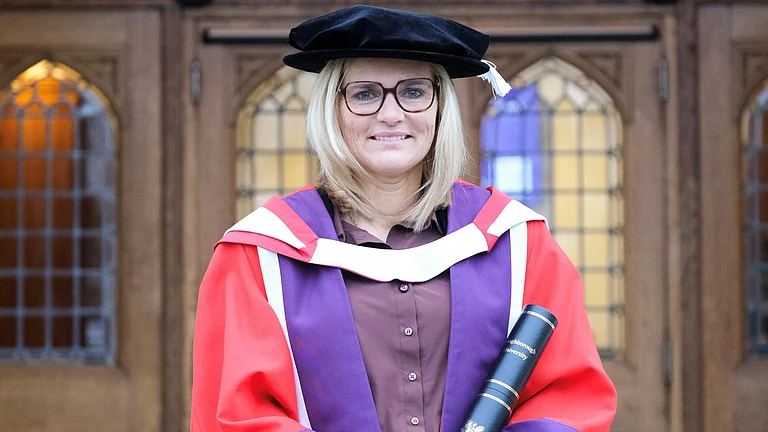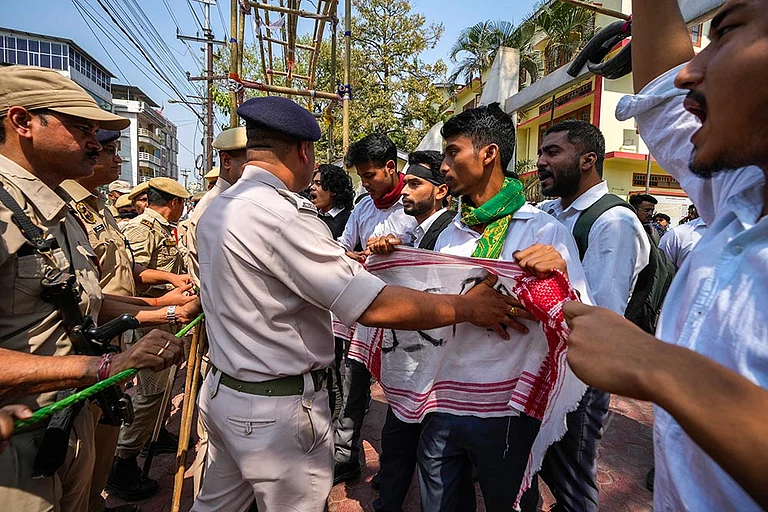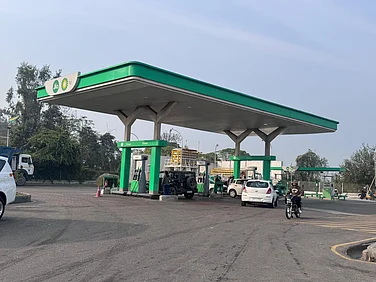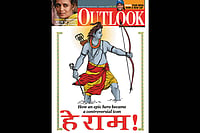“Our business here is to be Utopian, to make vivid and credible, if we can, first this facet and then that, of an imaginary whole and happy world.”
—H. G. Wells, A Modern Utopia
In a remote part of Bihar’s Gaya district where hillocks jut out of the ground like shrapnel, an old man dug a canal all by himself to get water to his village. It took him over three decades. In Kothilwa, the villagers had long dismissed Laungi Bhuiyan as a madman. But in 2020, his story—of a poor man’s struggle against all odds—was reported by the media. He had dared to dream of stopping migration from his village, where around 750 families, mostly Dalits, live. The State had failed them, he said. But his spirit hadn’t failed him. He had aspired to create Utopia.
Utopia is a fanciful concept, and yet it sustains us, gives us hope and makes us believe in the magic of freedom. This issue is an ode to the many stories of such people who struggled against all odds to free themselves of whatever binds them—caste, gender, class and disability.
In a dystopian world where freedom itself is at stake, such stories give us courage. Of people who are shunned otherwise—like this artist from Bihar who wrote “is home is world” on a rolling board for making rotis in circles, to depict her own dilemmas of gender and caste. Her mother would tell her that women’s worlds were contained within their homes, while her father would talk about the Russian Revolution and freedom. That’s how Ranjeeta Kumari started her own journey towards freedom. She chose to go out into the world. Others who saw her works and the trajectory of her journey, learned to draw their dreams and their resistance.
Or a village near Puducherry, where a temple stands as a repository of the wishes of the people and where statues of people are everywhere. These belong to common men and women whose wishes were fulfilled and even as offerings to god, these statues are a representation of common people casting themselves in stone and clay; an act that was always reserved for deities or for dignitaries.
We have curated the stories of common people, of those who thought Utopia was on the horizon and kept walking towards it. They chose hope. They saw what was possible and they weren’t deterred by the impracticality of things. They aren’t famous. They are not those who smile at us from giant billboards. They are not the people selling us things. They are people who are out there initiating, endeavouring, overcoming and giving us all hope, selling us that one idea—of empowering ourselves and others. As we celebrate 75 years of independence, we bring 75 such stories of people who say to us that utopias are for us to build and for us to believe in. They say to us that hope is the only thing that survives. And to be hopeful is to be brave.
Liked the story? Do you or your friends have a similar story to share about 'ordinary' Indians making a difference to the community? Write to us. If your story is as compelling, we'll feature it online. Click here to submit.


























